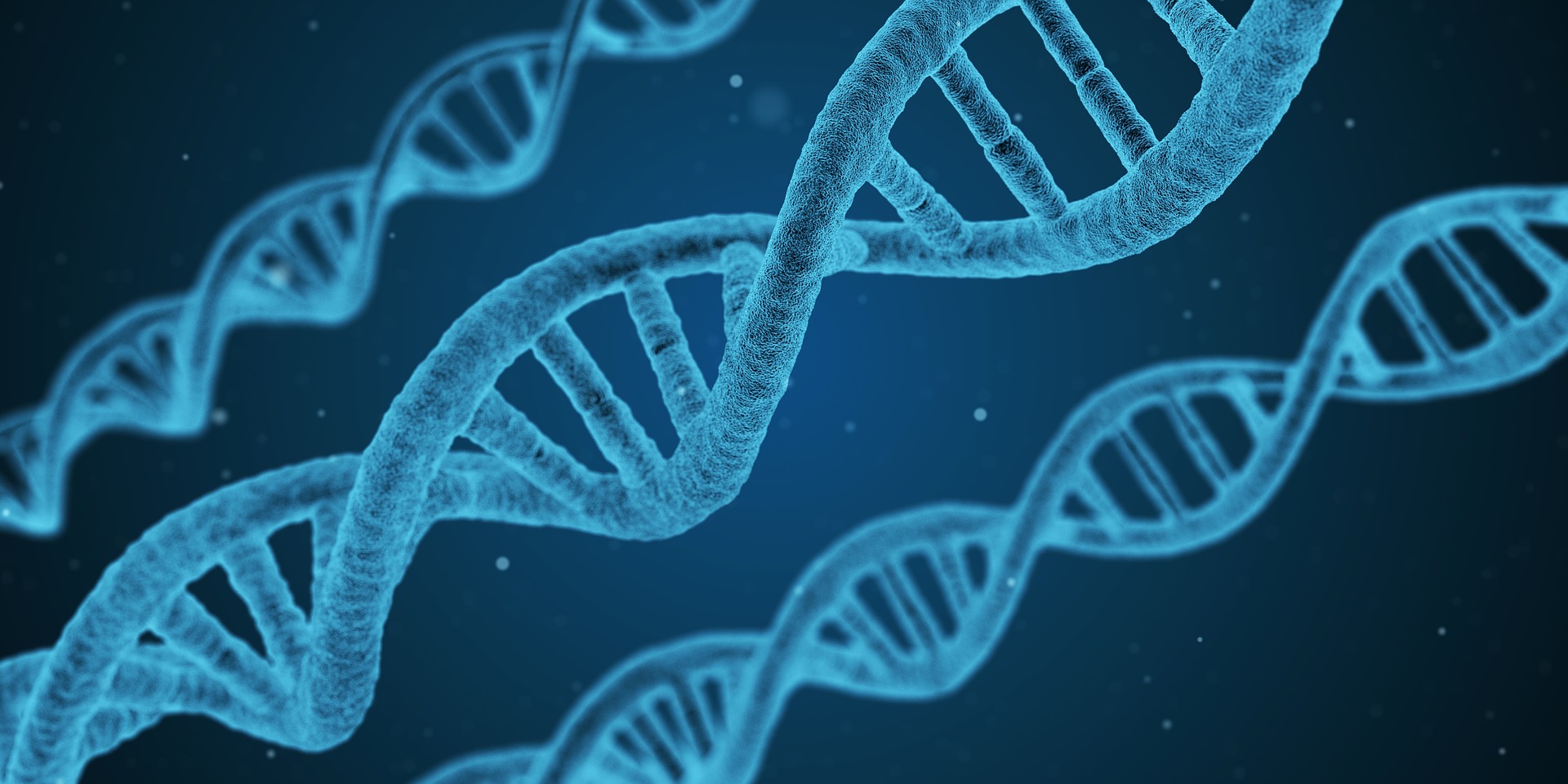Newfoundlanders and Labradorians share some of the world’s greatest genetic similarities with one another—and scientists are racing to study them
Genomic information from the province could help one company develop new medications and treat illnesses
Terri Coles

Newfoundland and Labrador’s unique culture has endured in part because its people are, in many ways, remarkably similar. But the Atlantic province faces a paradox: As its population shrinks, its shared ancestry will have to change significantly in order to survive. Now, a small group of scientists and entrepreneurs on the island are jumping on the chance to study this rare population before it has to change.
The province is full of people whose ancestors arrived from the British Isles, settled, and stayed put for centuries. As a result, Newfoundlanders and Labradorians have a lack of genetic variation.
Researchers marvel at this homogeneity and what it can tell them about the island’s high rates of inherited conditions.
One local biotech, Sequence Bio, plans to gather the genomic information of 100,000 people in the province. The company is partnering with the provincial government and Cambridge-based researchers Genospace on the project, which they describe as “a large-scale precision medicine initiative…to collect and analyze genetic data for drug discovery and improved patient outcomes.”
Any health-related discoveries could be important to the province, which has a population older than the national average. That trend is expected to continue, says Keith Storey, director of the Harris Centre’s Population Project. “Overall the population will decline by about 10 percent” over the next 20 years, he says. During that same period, he adds, the province’s average age is expected to increase by five to eight years.
This is part of a snowball effect, Storey says, fuelled by a decreasing birth rate, out-migration of younger people, and a weak economy. The provincial government aims to counter it by doubling its immigration. If that is successful, the result will be a provincial shift towards decreased homogeneity.
That’s good news for health care providers grappling with diseases like diabetes and heart disease. But it might also bring up thorny questions about provincial cultural identity. The Sequence Bio project, expected to launch later this year, will likely find much that is the same about the people who currently inhabit Canada’s youngest province. But if all goes as planned, 20 years from now those results will be quite different.